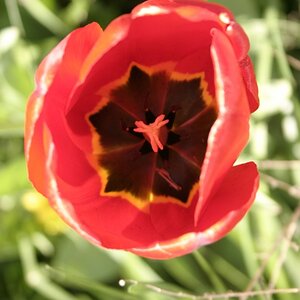D23
TPF Noob!
- Joined
- May 15, 2012
- Messages
- 10
- Reaction score
- 1
- Location
- New York
- Can others edit my Photos
- Photos OK to edit
First, let me thank all of you for the help you unknowingly gave me over the last couple of months while I was reading the forums. Your knowledge definately helped me capture better pictures.
With that said, I will be purchasing a canon T2i or T3i later this week. I am currently shoot with a Nikon Coolpix 8800 that has the articulating screen and I am trying to decide if the articulating screen is worth the extra money. I am comfortable shooting in A, S, and M, but use A/S more than full manual.
I have used my nieces Cannon XTi(with the kit 18-55 and 75-300 lenses) and like the cannon layout. My neice will also use the lenses I buy when she wants. She is a Senior in High School and has been into photography since she was a freshman. My 8 yr. old loves taking pictures and uses my current camera as well as my nieces. She is gentile with the equipment so I have no issues with her using the new setup.
Below is a list of what I photograph the most listed in the order of importance.
1)Pics of my daughters Indoor school events (plays etc.)
1b) pics of my daughters Indoor Basketball games and Cheerleading
1c) Pics of my daughters Outdoor Soccer Games
2)Family events (Vacations,holidays etc.)
3) Portrait. Just casual ones of my daughter for memories and to hand out to family at Christmas.
4) Macro. This is less important than the above but I enjoy it. I have ok results with the coolpix, better with the XTi. A lens for this would make it even more enjoyable.
5) Wildlife. Mostly Birds and animals me and my daughter encounter on walks in the woods and at camping.
So here is my question. Given the above information. What lenses would you buy to get the job done? What I am trying to avoid is buying the kit lenses only to regret the purchase and upgrading a lens in a couple months. A example is buying the kit 18-55 at first, then buying a lens like the Sigma 18-50mm f2.8-4.5 later for a everyday lens(I'm not settled on this lens, it's just the example that came to mind). I have done this with other hobbies and have finally learned my lesson.
I will not be purchasing all the lenses at once so I have time to save more money if needed. My current lens budget is $1000 but my daughters school events are done for the school year and do not start up again until arround October. I have no problem buying 3-4 lenses if needed. I don't think I need L class lenses at this point.
After I get some responses I will post the lenses I was considering, I just would like your opinions without my novice input.
Like I said, I do not mind spending a couple hundred dollars more per lens if need be to get it right the first time. Betweem My Daughter, Niece and Me they will get their use and im sick of not getting the desired results because of not having the right equiptment (I'm mostly talking indoor sports here as my camera is horrible at this and the Cannon kit lenses are not that much better).
I'm so sorry if this is long winded but like I said, I would like to avoid a bag full of unused lenses because I thought saving $50 or $100 at the time of purchase was a good idea.
Thank You
With that said, I will be purchasing a canon T2i or T3i later this week. I am currently shoot with a Nikon Coolpix 8800 that has the articulating screen and I am trying to decide if the articulating screen is worth the extra money. I am comfortable shooting in A, S, and M, but use A/S more than full manual.
I have used my nieces Cannon XTi(with the kit 18-55 and 75-300 lenses) and like the cannon layout. My neice will also use the lenses I buy when she wants. She is a Senior in High School and has been into photography since she was a freshman. My 8 yr. old loves taking pictures and uses my current camera as well as my nieces. She is gentile with the equipment so I have no issues with her using the new setup.
Below is a list of what I photograph the most listed in the order of importance.
1)Pics of my daughters Indoor school events (plays etc.)
1b) pics of my daughters Indoor Basketball games and Cheerleading
1c) Pics of my daughters Outdoor Soccer Games
2)Family events (Vacations,holidays etc.)
3) Portrait. Just casual ones of my daughter for memories and to hand out to family at Christmas.
4) Macro. This is less important than the above but I enjoy it. I have ok results with the coolpix, better with the XTi. A lens for this would make it even more enjoyable.
5) Wildlife. Mostly Birds and animals me and my daughter encounter on walks in the woods and at camping.
So here is my question. Given the above information. What lenses would you buy to get the job done? What I am trying to avoid is buying the kit lenses only to regret the purchase and upgrading a lens in a couple months. A example is buying the kit 18-55 at first, then buying a lens like the Sigma 18-50mm f2.8-4.5 later for a everyday lens(I'm not settled on this lens, it's just the example that came to mind). I have done this with other hobbies and have finally learned my lesson.
I will not be purchasing all the lenses at once so I have time to save more money if needed. My current lens budget is $1000 but my daughters school events are done for the school year and do not start up again until arround October. I have no problem buying 3-4 lenses if needed. I don't think I need L class lenses at this point.
After I get some responses I will post the lenses I was considering, I just would like your opinions without my novice input.
Like I said, I do not mind spending a couple hundred dollars more per lens if need be to get it right the first time. Betweem My Daughter, Niece and Me they will get their use and im sick of not getting the desired results because of not having the right equiptment (I'm mostly talking indoor sports here as my camera is horrible at this and the Cannon kit lenses are not that much better).
I'm so sorry if this is long winded but like I said, I would like to avoid a bag full of unused lenses because I thought saving $50 or $100 at the time of purchase was a good idea.
Thank You


 .
.
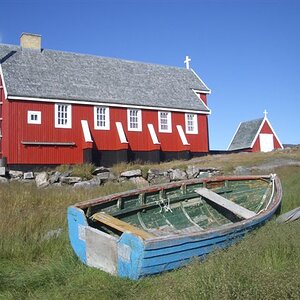
![[No title]](/data/xfmg/thumbnail/32/32706-50b778fbc110c8ea4472547d54c6a923.jpg?1619735610)
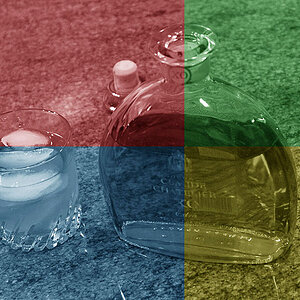
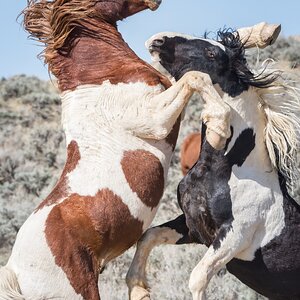
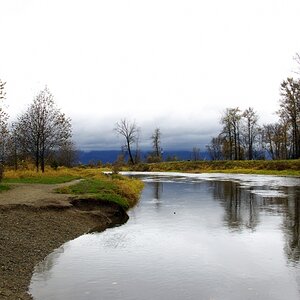
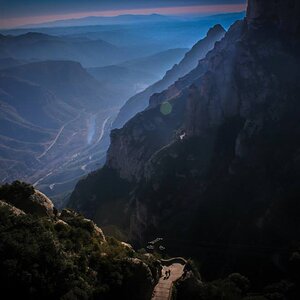
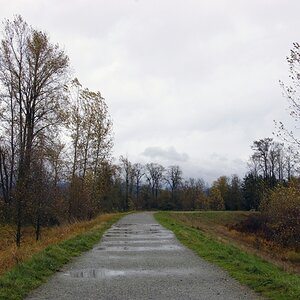
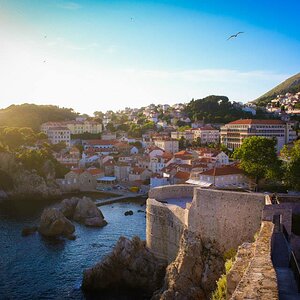
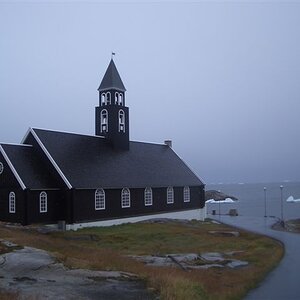
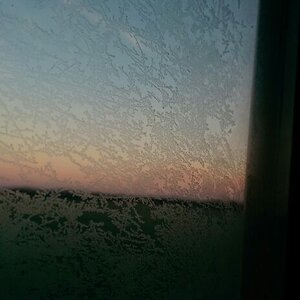
![[No title]](/data/xfmg/thumbnail/32/32708-c55da623febe9d91efe5f28aa54c3090.jpg?1619735612)
